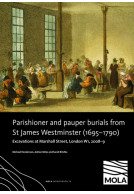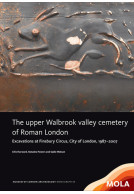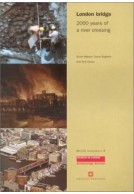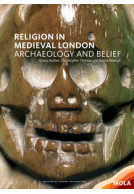Google Books previews are unavailable because you have chosen to turn off third party cookies for enhanced content. Visit our cookies page to review your cookie settings.
Great Houses, Moats and Mills on the South Bank of the Thames (Hardback)
Imprint: MOLA (Museum of London Archaeology)
Series: MoLAS Monograph
Pages: 240
ISBN: 9781901992830
Published: 14th April 2009
Script Academic & Professional
Series: MoLAS Monograph
Pages: 240
ISBN: 9781901992830
Published: 14th April 2009
Script Academic & Professional
Usually available in 6-8 weeks.
You'll be £9.95 closer to your next £10.00 credit when you purchase Great Houses, Moats and Mills on the South Bank of the Thames. What's this?
+£4.99 UK Delivery or free UK delivery if order is over £40
(click here for international delivery rates)
Need a currency converter? Check XE.com for live rates
(click here for international delivery rates)
Need a currency converter? Check XE.com for live rates
Regeneration in the 1980s-90s on the south bank of the Thames resulted in archaeological and historical investigations at Platform Wharf, Rotherhithe, and next to London Bridge, in Southwark. The development of both sites from the 14th century is of major interest. The Rotherhithe property was acquired c 1349 by Edward III and the existing house rebuilt by him in 1353-61 with two courts, including a riverside range of apartments. Royal interest ceased after Edward's reign, and the house passed to Bermondsey Priory in 1399. The fragmentation of the site into smaller properties, including ones with industrial uses, is charted. The Southwark site contained three notable residences during the medieval period and tidal mills on the waterfront. The 14th-century moated house of the Dunley family and a pleasure-house built by Edward II, the Rosary, were both acquired by Sir John Fastolf for his own grand London residence in the 1440s. In the later 16th century there was massive immigration into this part of Southwark and by the mid 17th century the former moats and gardens were built over with small properties and alleys. The moat infills produced exceptionally rich assemblages of domestic artefacts and ceramics, the waterside location preserved a wide variety of plants, timber structures and woodworking evidence.
Other titles in the series...
Other titles in MOLA (Museum of London Archaeology)...





















